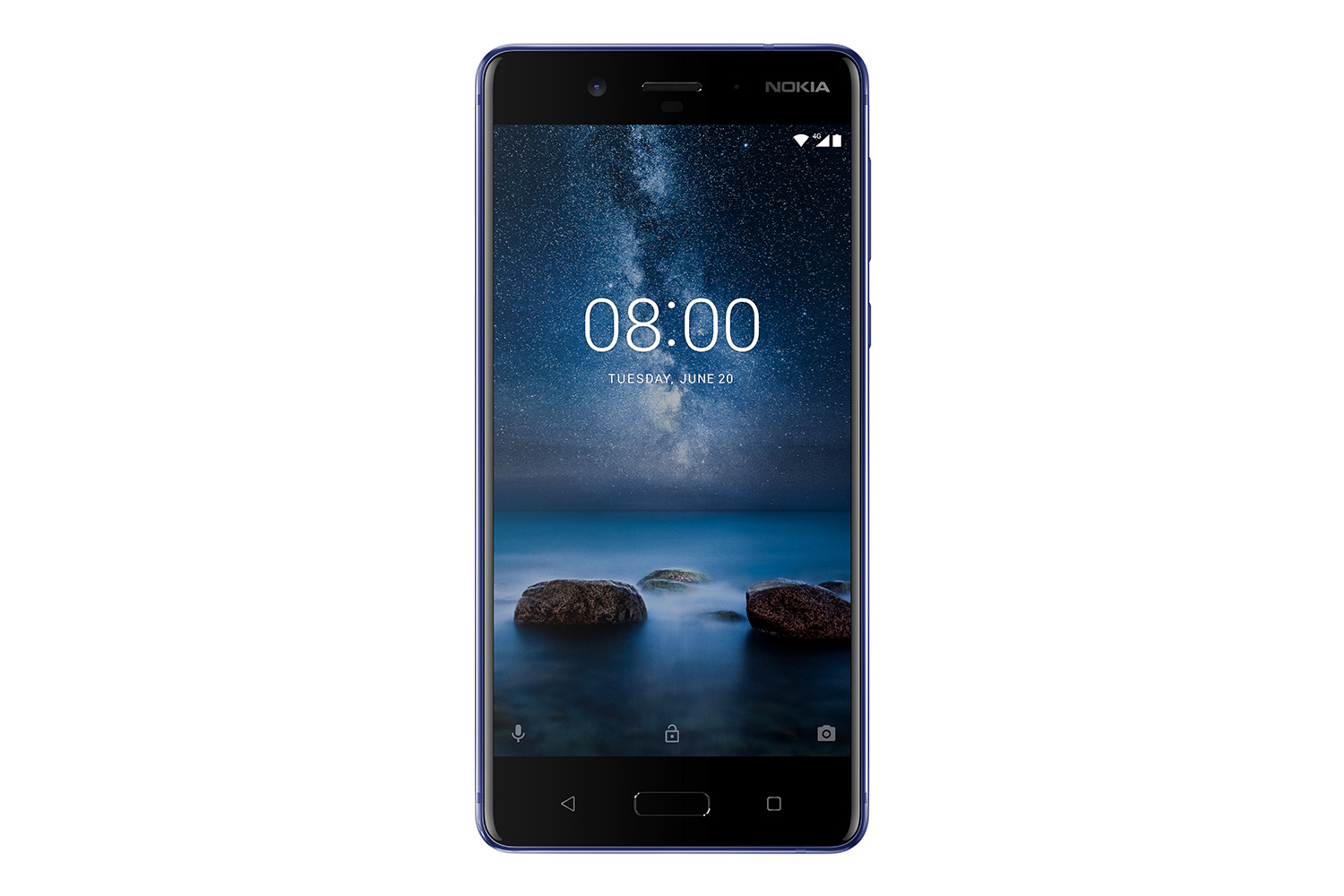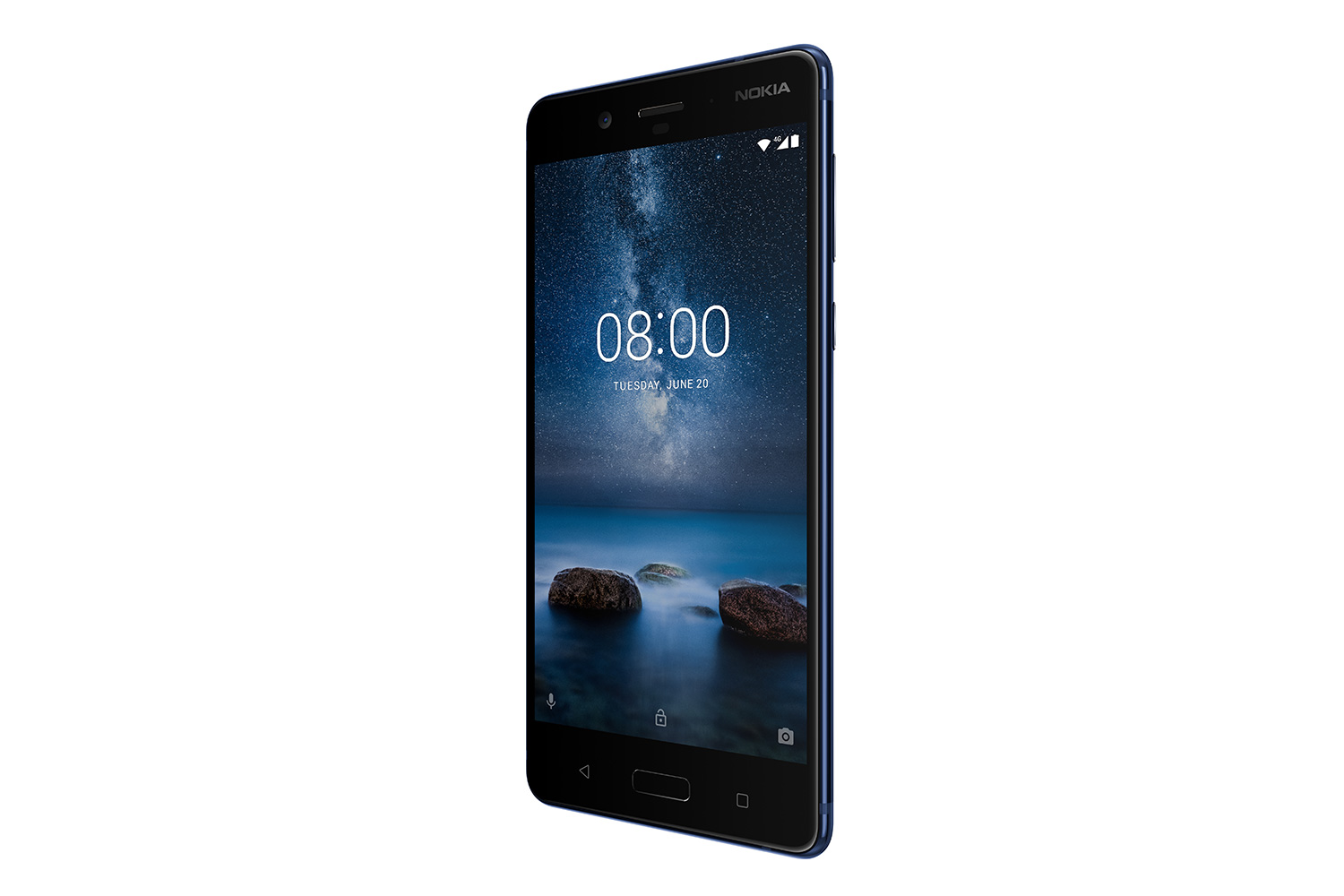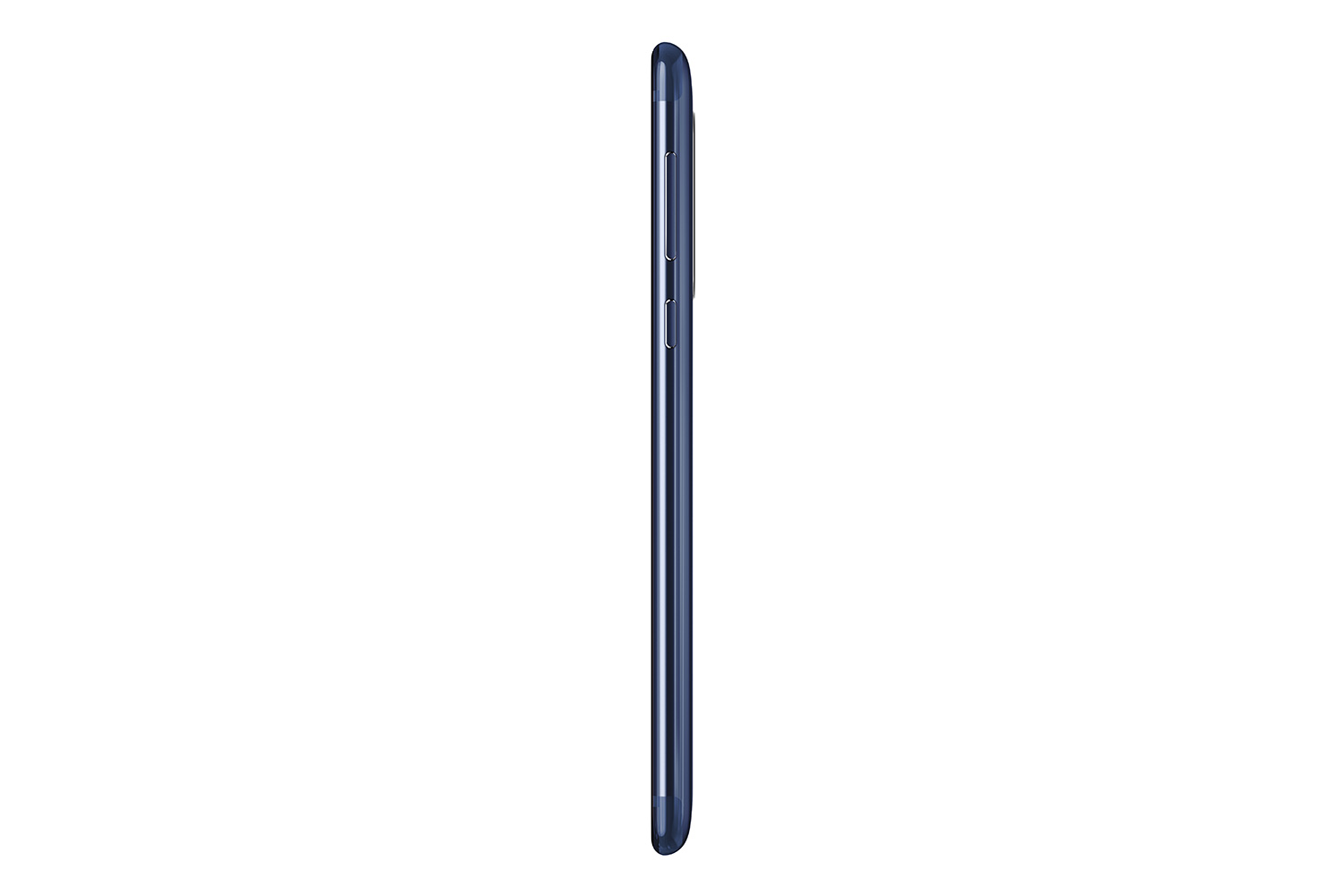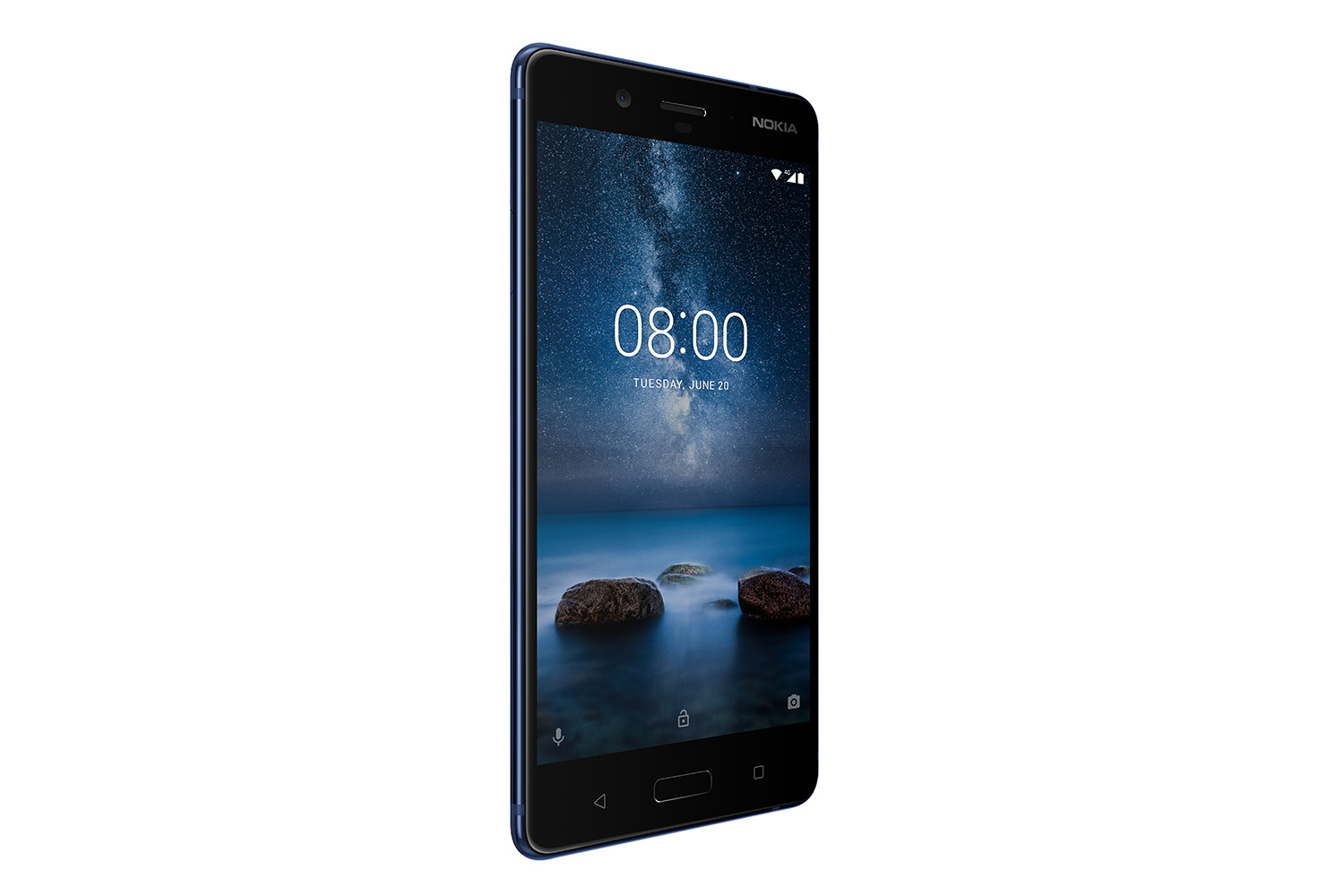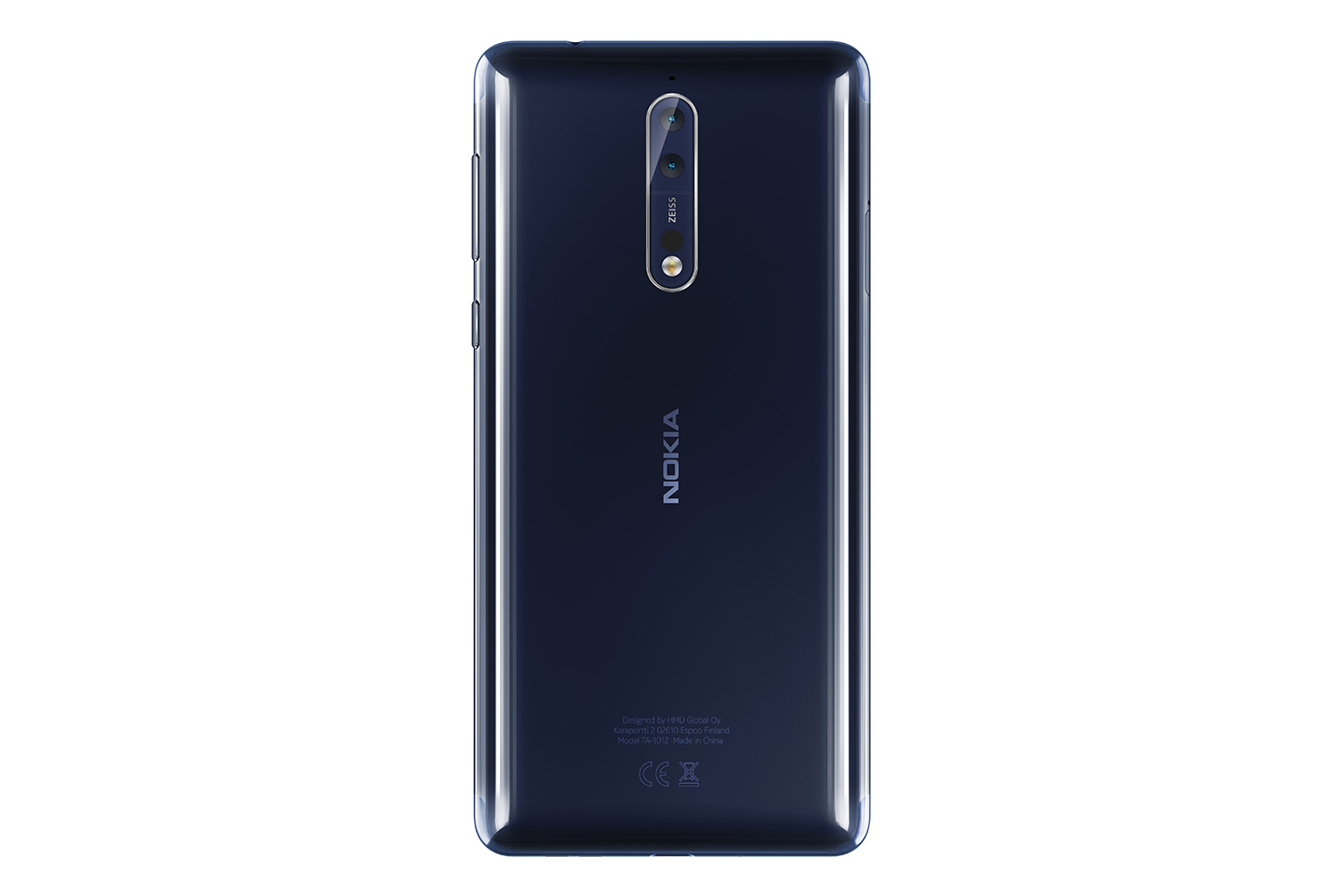It’s hard to think of HMD Global as “a startup.” The company launched in early 2017 and skyrocketed into the spotlight due to its licensing partnership to use the Nokia brand name for its smartphones. Other than a handful of feature phones, the company launched three budget smartphones: The Nokia 3, the Nokia 5, and the Nokia 6. The latest to join the family is also HMD’s first flagship smartphone — the Nokia 8.
Smartphones from HMD Global have to follow certain design guidelines from Nokia and the company works with Foxconn to manufacture its devices. A strong partnership with Google means these phones run a pure version of Android straight from Google and it also gets version and security updates much faster than any other manufacturer. With the Nokia 8, there is a rekindled partnership with Zeiss, a company known for its expertise in imaging and optics. As such, the latest
Angular design, high-end specs
The Nokia 8 looks similar to HMD Global’s budget Nokia
The aluminum unibody looks sleek, especially if you opt for the polished blue or polished copper colors — they offer a “high-gloss mirror finish.” If the glossy look is not for you, there are two more color options: Tempered Blue and Tempered Steel. The rear also houses a vertical dual-camera setup and the Nokia brand logo in the center.
The front looks traditional, with somewhat chunky edges around the display that house the selfie camera, as well as the capacitive
The phone features a graphite-shielded cooling pipe that “dissipates the heat” along the full length and width of the phone.
Its spec sheet is similar to other 2017 flagship smartphones. For starters, it is powered by Qualcomm’s Snapdragon 835 processor and comes paired with 4GB of
You get 64GB of internal storage, but there is a MicroSD card slot that lets you add up to 256GB of additional storage. The 5.3-inch LCD display offers a Quad HD resolution of 2,560 x 1,440 pixels, and HMD has packed a 3,090mAh battery to keep it running for a while. It supports Qualcomm’s Quick Charge 3.0 technology, meaning you can utilize the fast-charging technology via the USB Type-C port.
Sadly, unlike most flagship smartphones, it only has a dust- and water-resistance rating of IP54, which makes it nothing more than splashproof.
Like most of HMD’s Nokia phones, you will find
A camera built for live-streaming
Both the front and rear camera of the Nokia 8 feature Zeiss optics. The two rear cameras pack 13-megapixels each with f/2.0 apertures and they have specific functions. One takes photos in color and features optical image stabilization, while the other only shoots monochrome photos — just like the Huawei P9 and P10. The front camera also has 13-megapixels, with a f/2.0 aperture.

But the killer feature is how you can live-stream to apps like Facebook Live and YouTube Live, directly from the Nokia 8’s camera app. HMD said it worked closely with Qualcomm, and also collaborated with Google and
These videos will also be accompanied with stellar sound, as HMD has partnered with Nokia to use a similar audio setup as the Nokia Ozo virtual reality camera. The Nokia 8 features three microphones that utilize the same algorithm used with the Ozo camera to “capture audio with immersive 360-degree spatial surround sound.” When you share a video, the audio still offers hi-fi surround sound even when played on devices without Ozo Audio.
Availability and price
Unfortunately, the Nokia 8 will never make its way stateside as the company said the U.S. and China required special treatment. It would have to devote a lot more time and money bringing the phone here into a well-established market, where Samsung and Apple reign king.
Instead, the Nokia 8 will launch in Europe and other markets starting in September and it will cost a flagship price of 600 euros (about $704).
